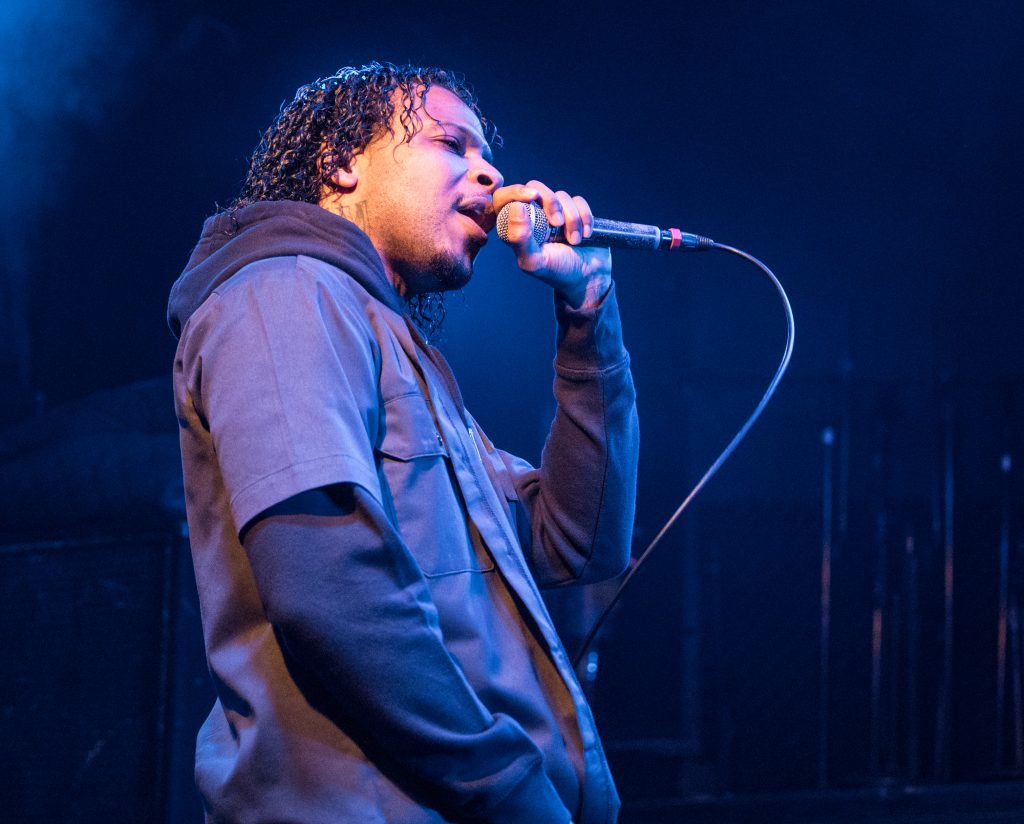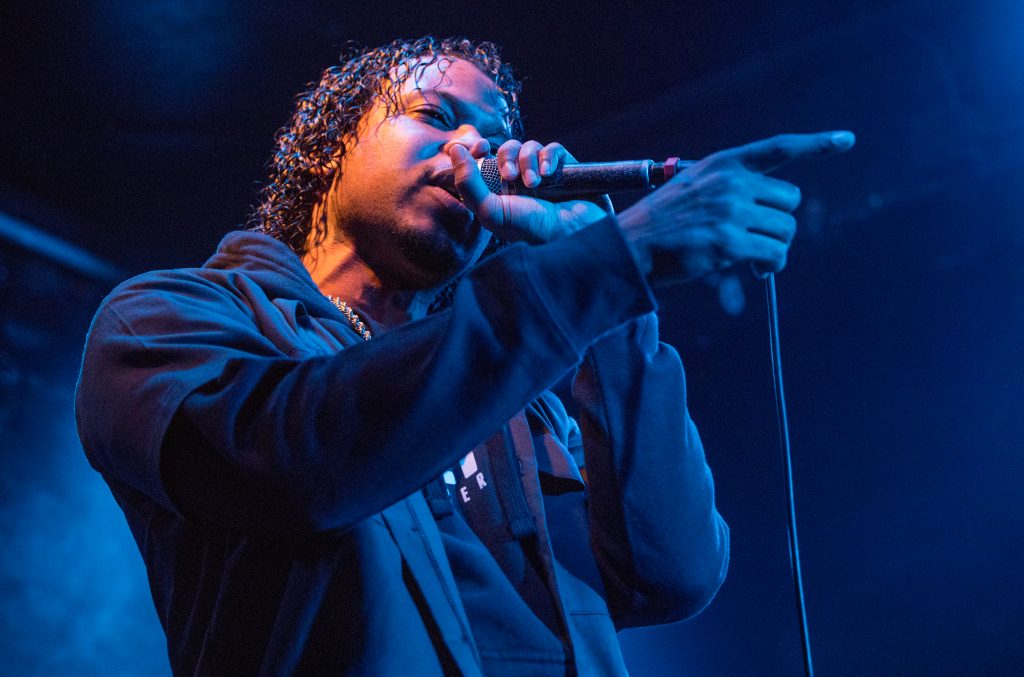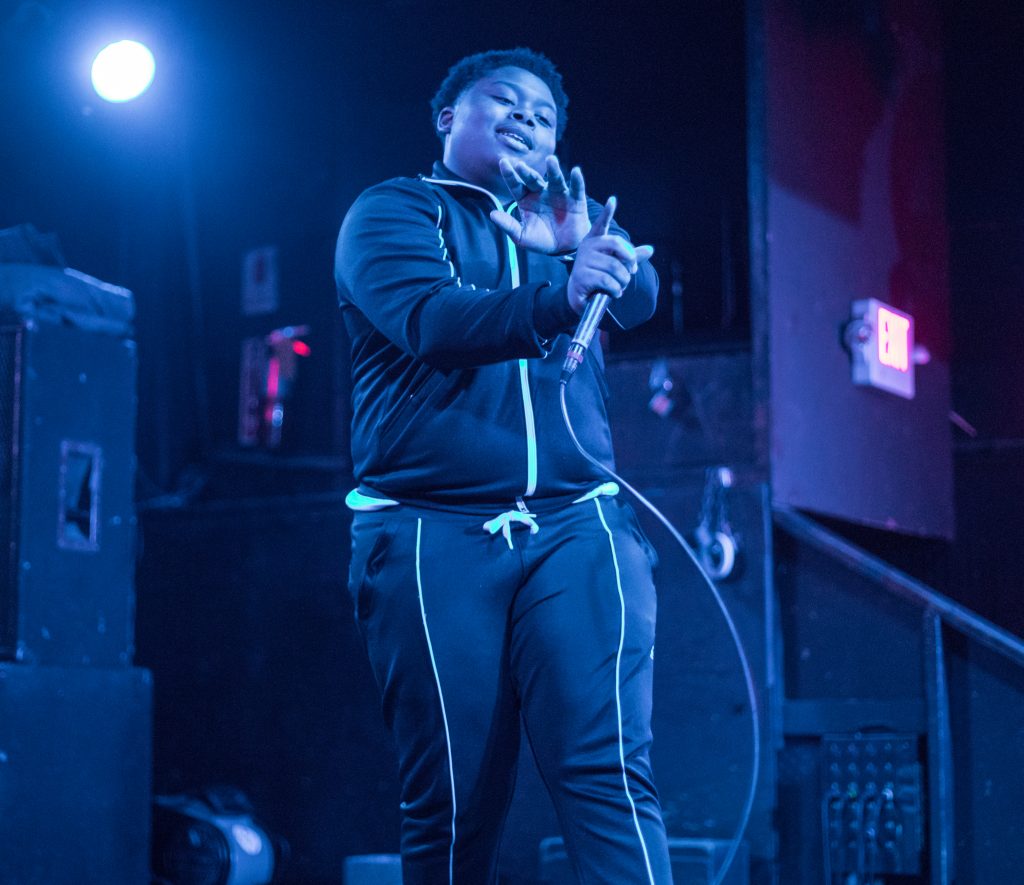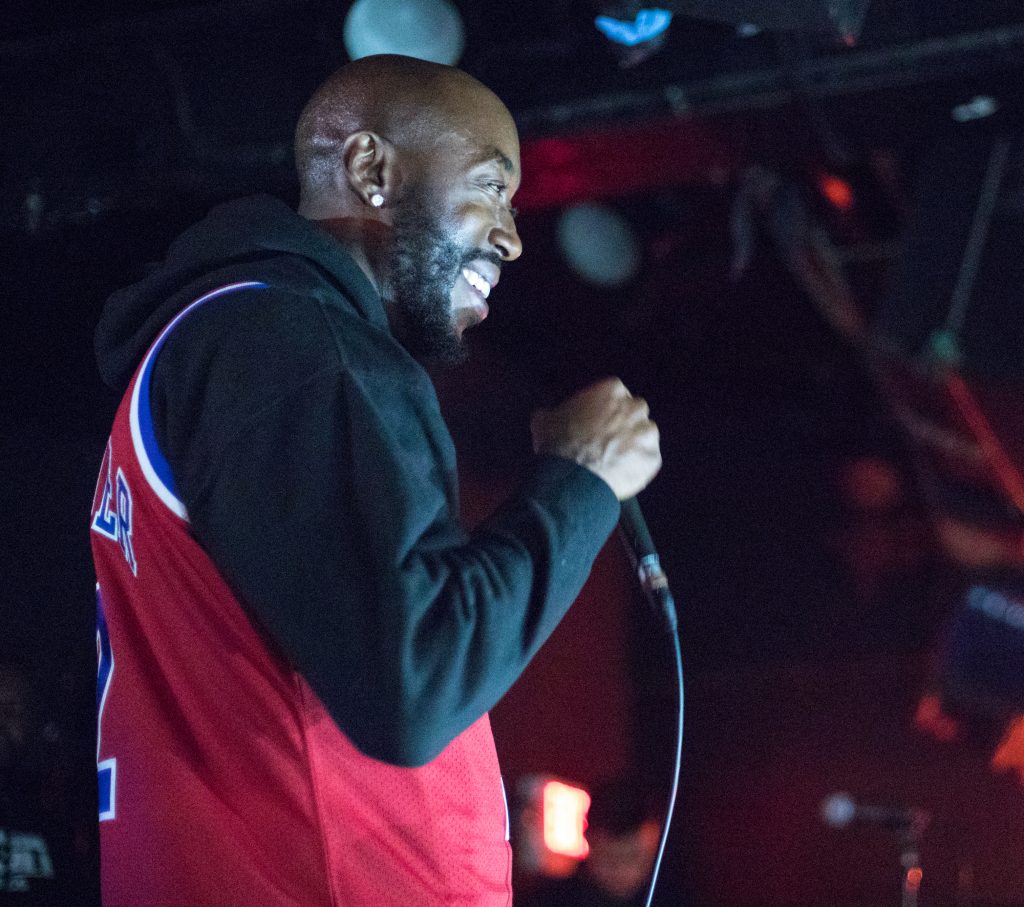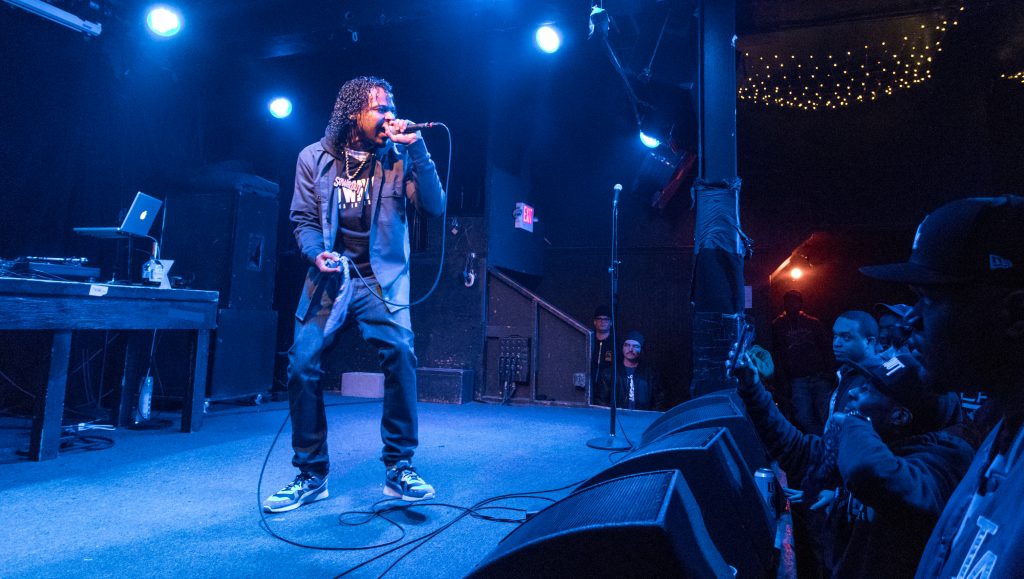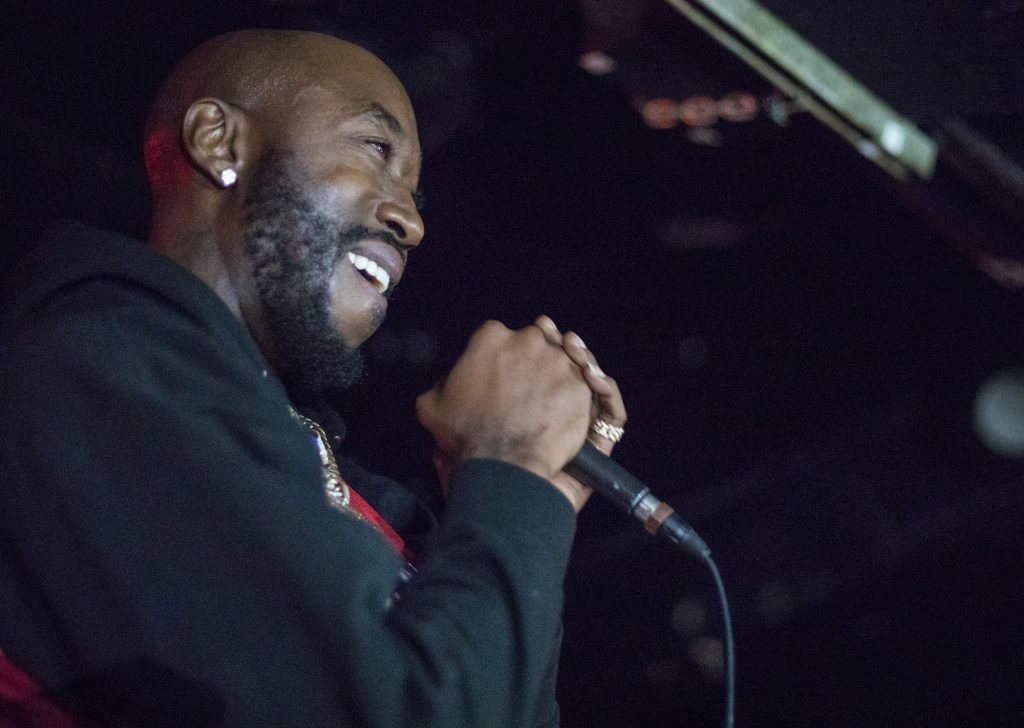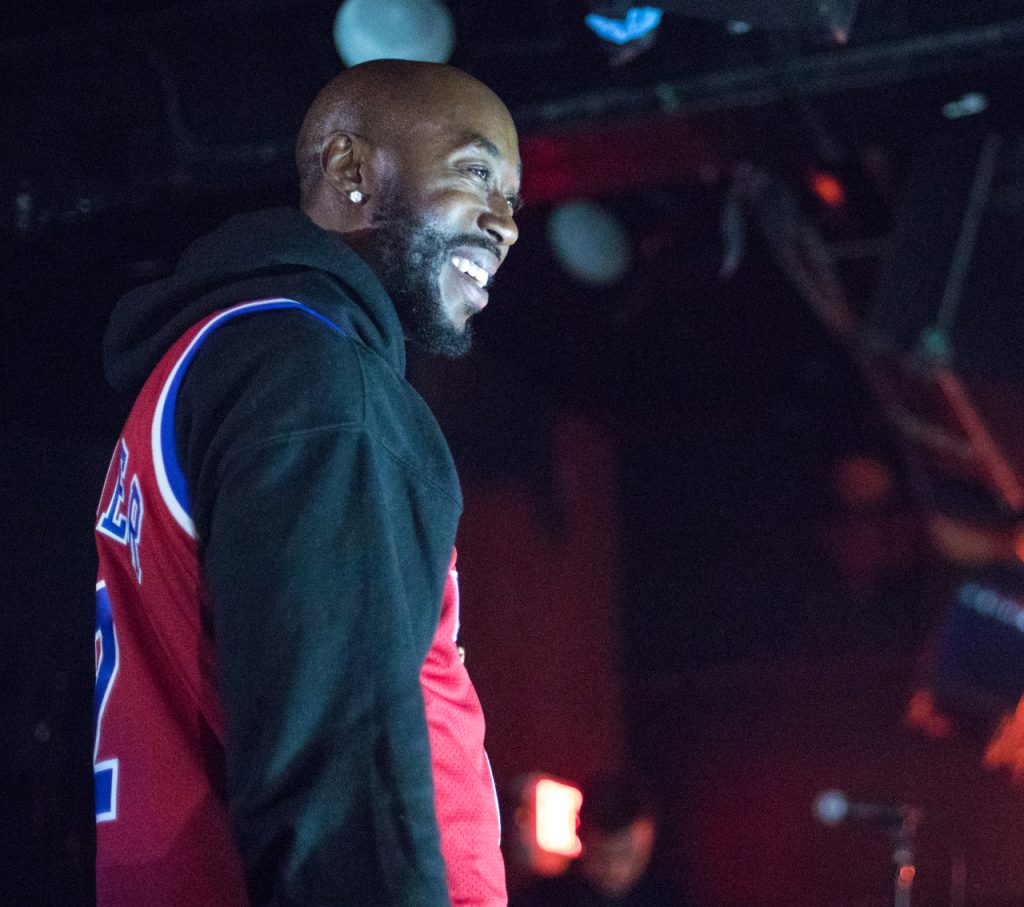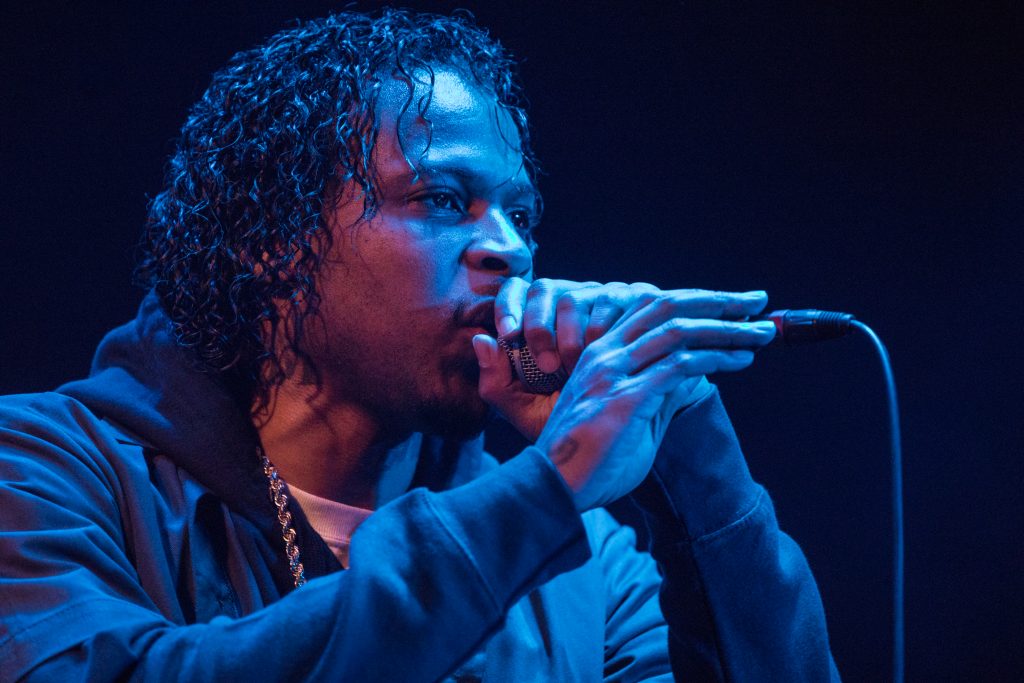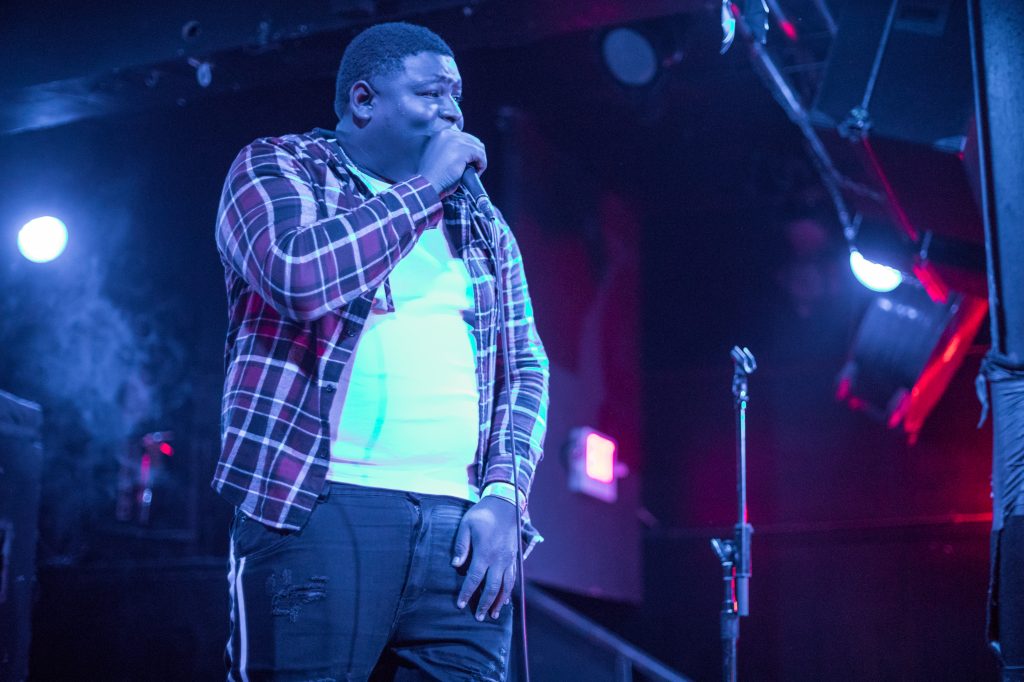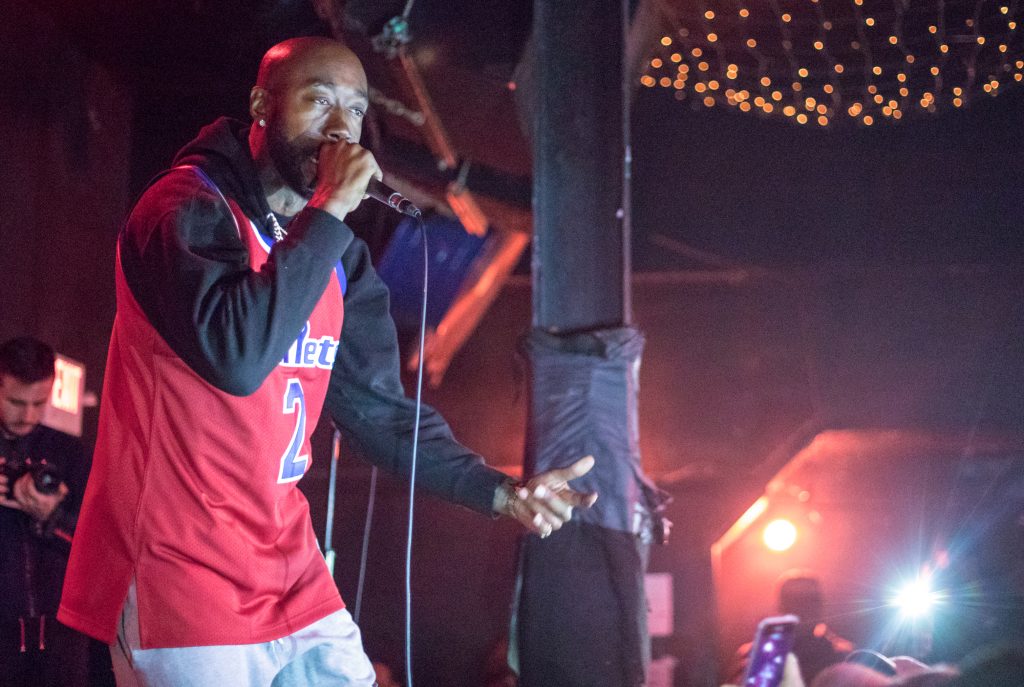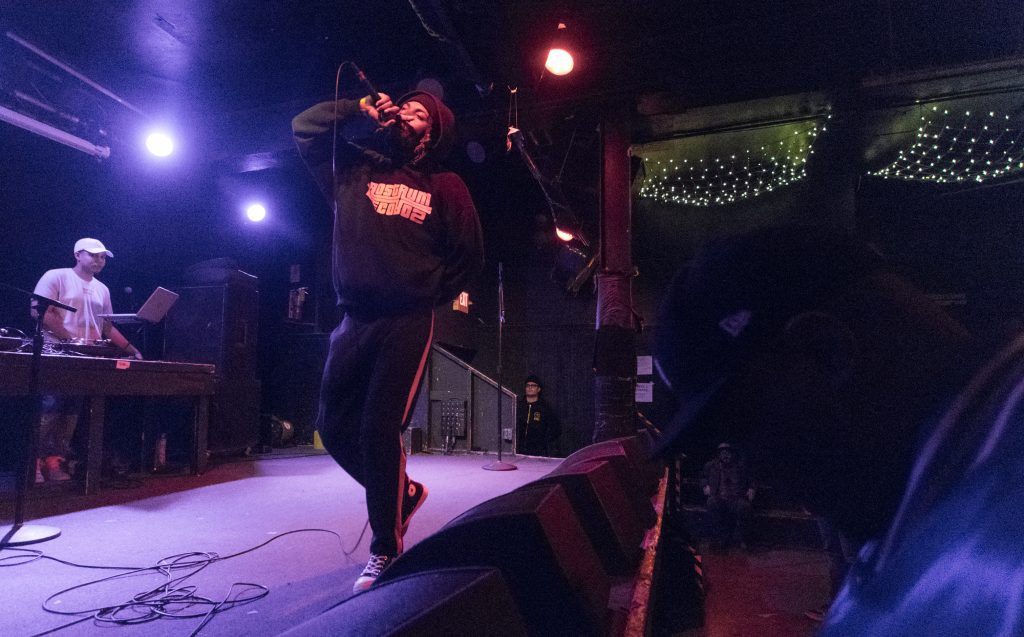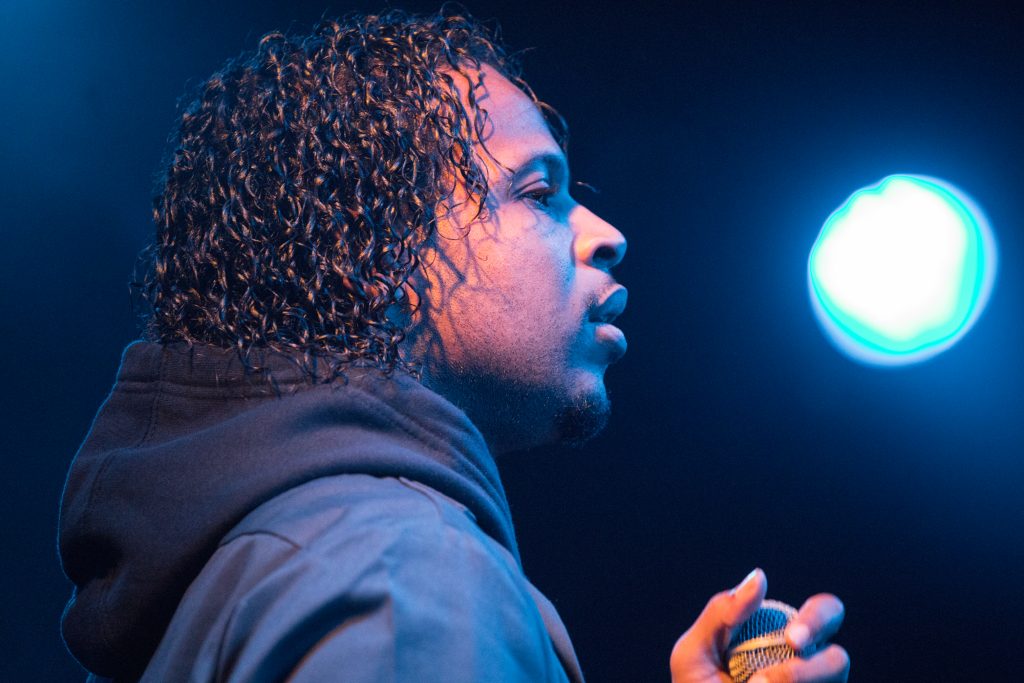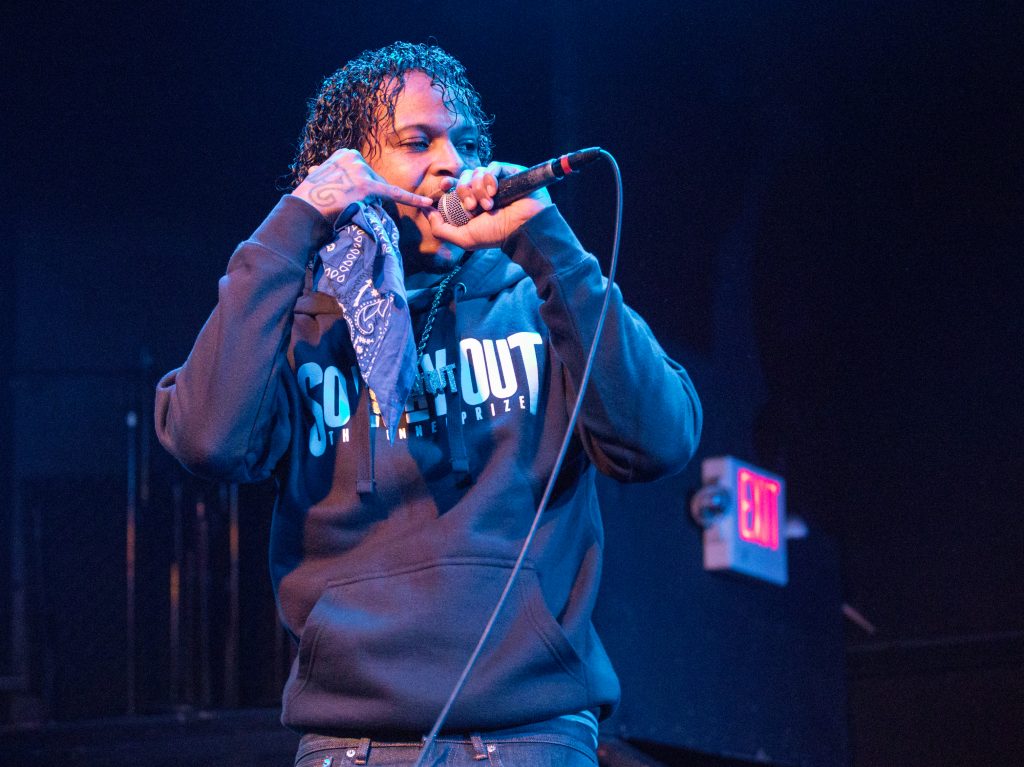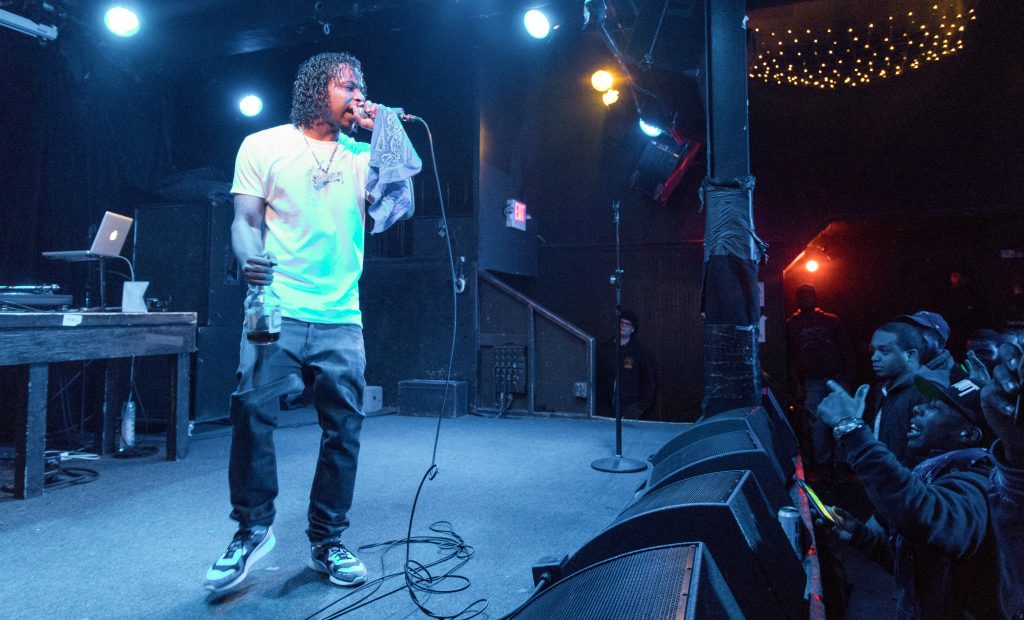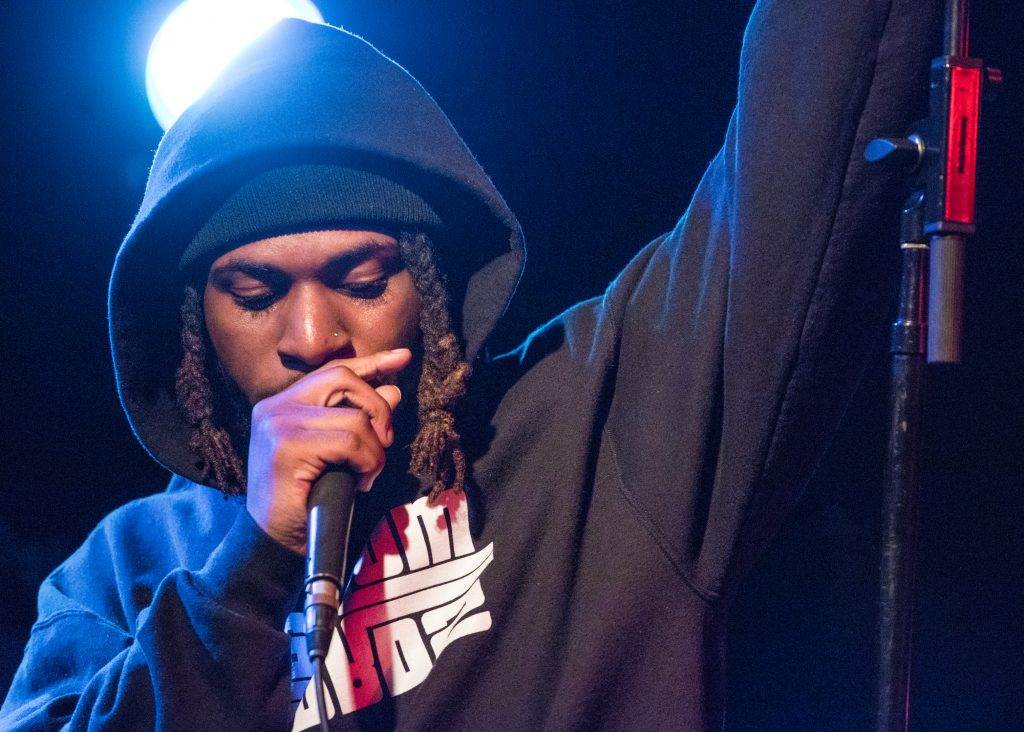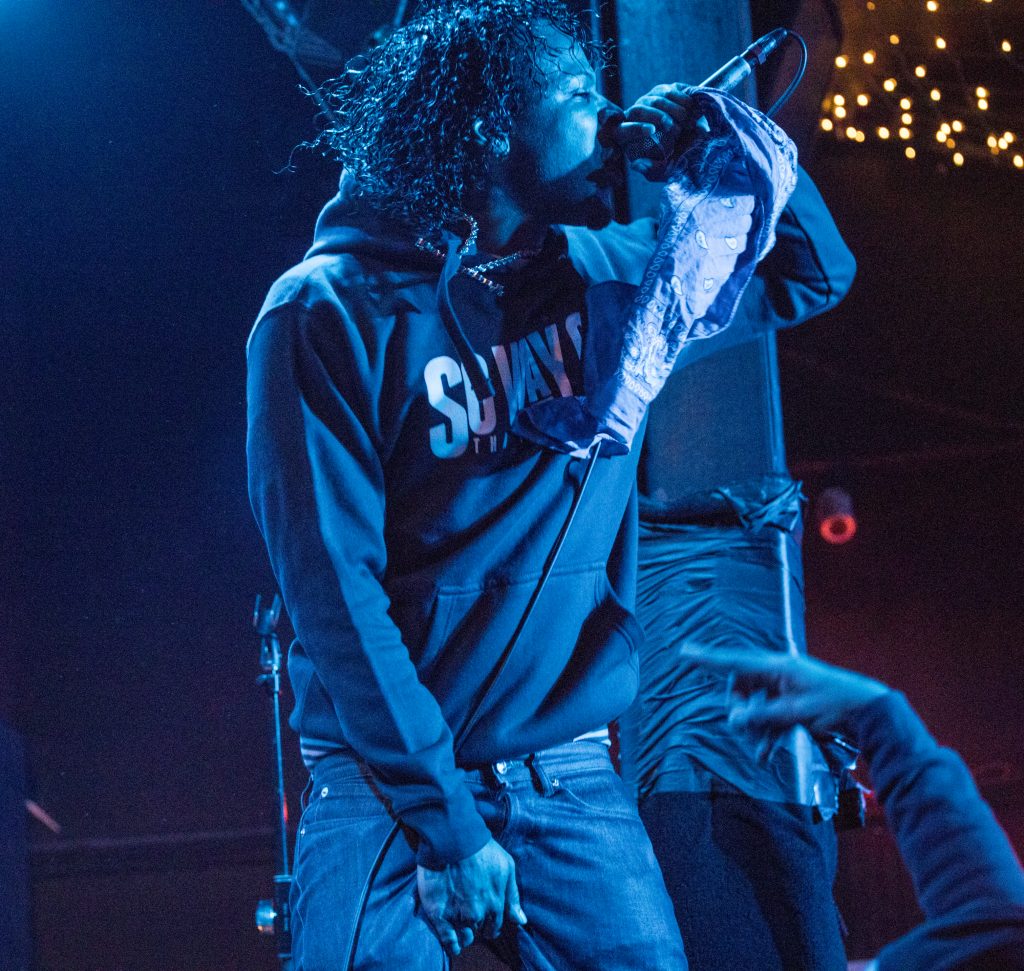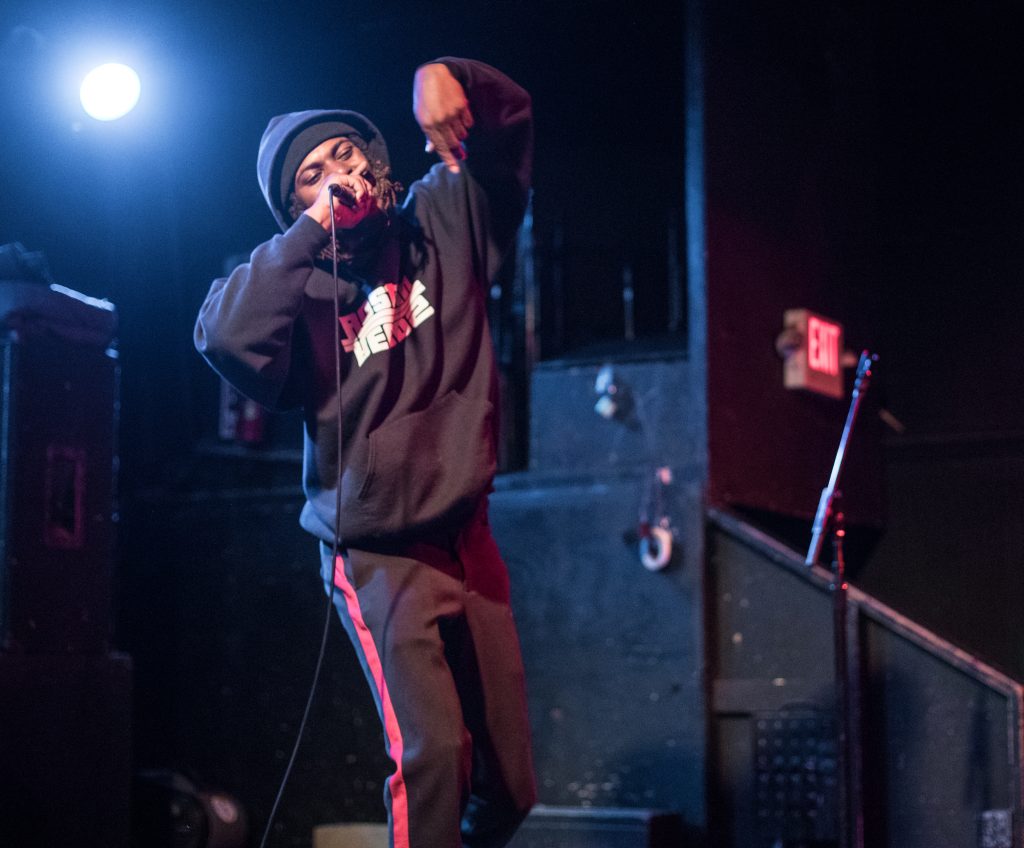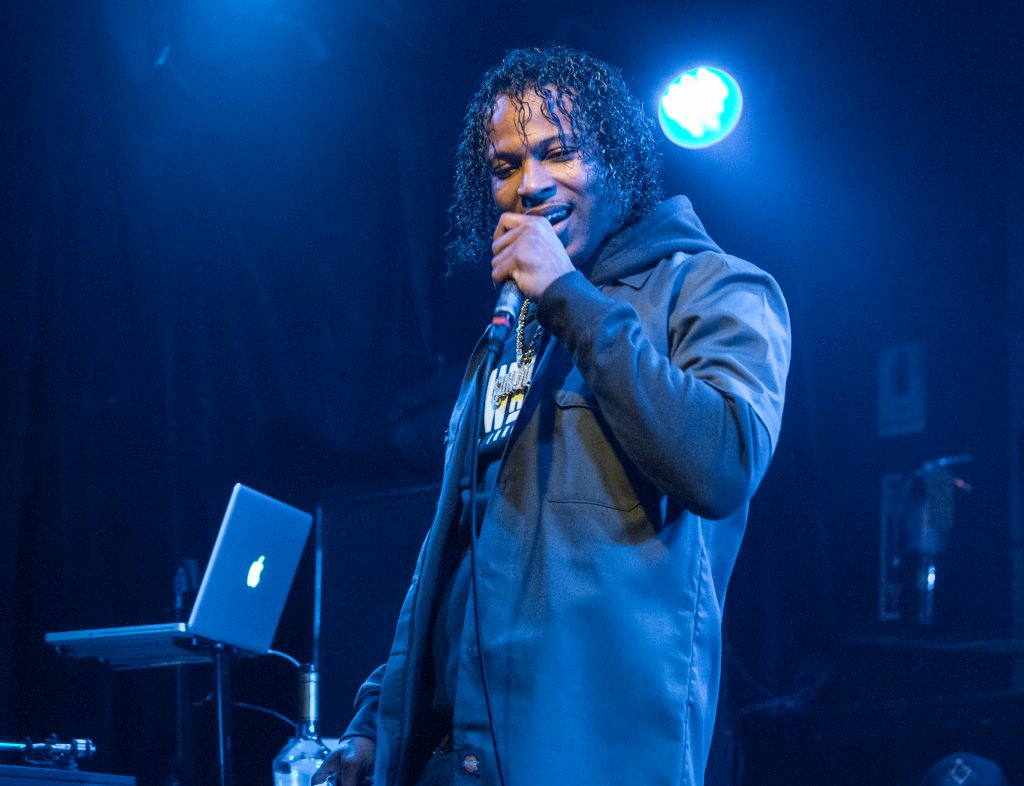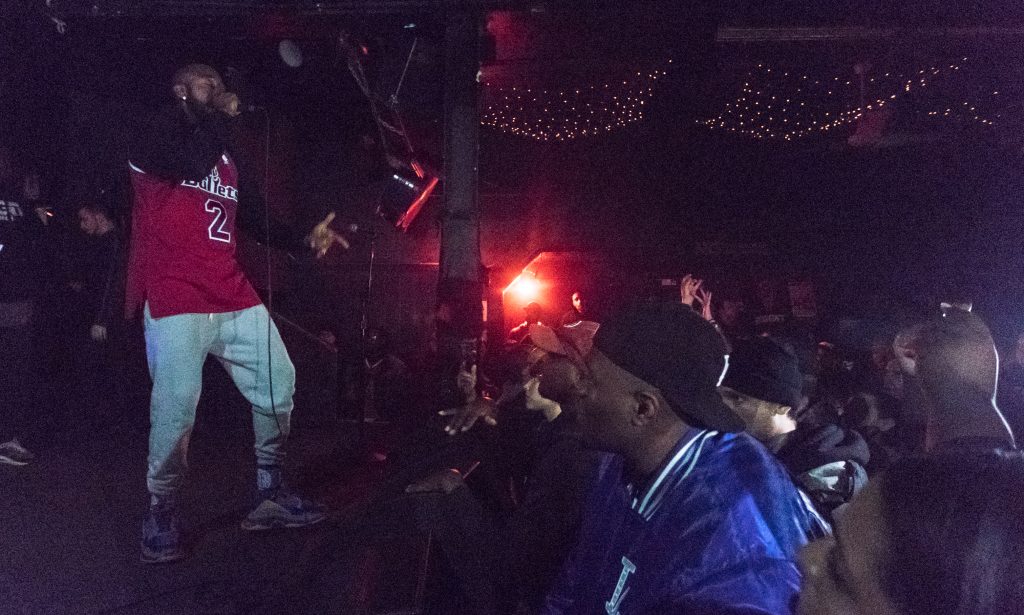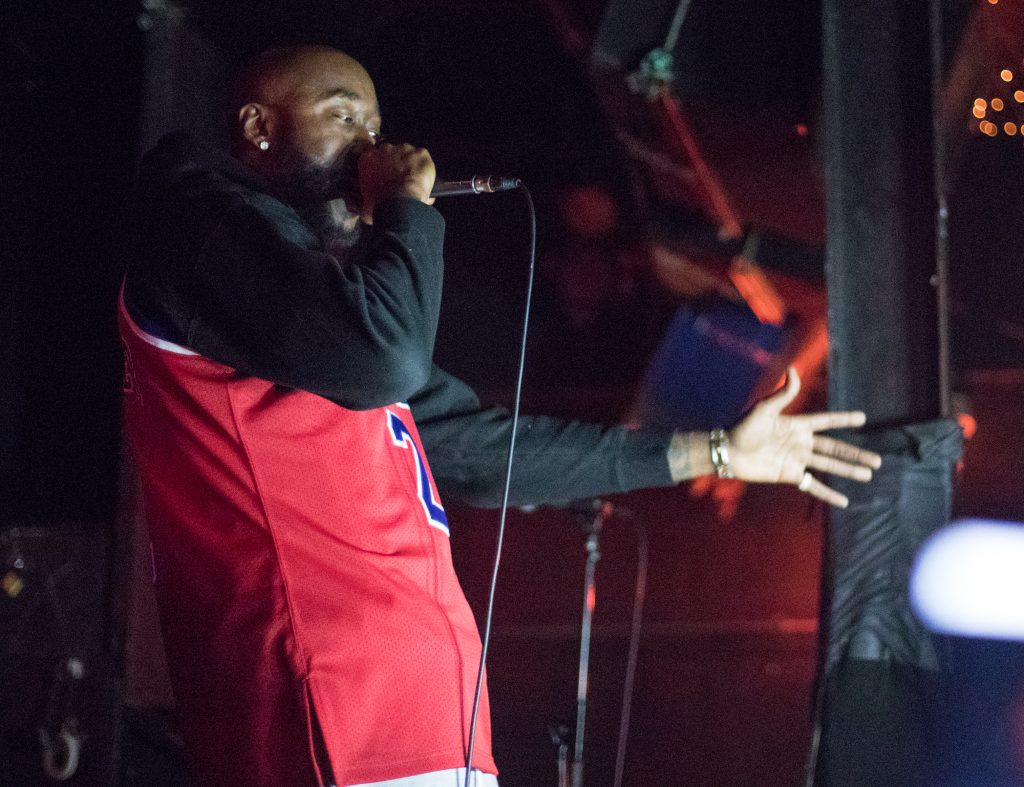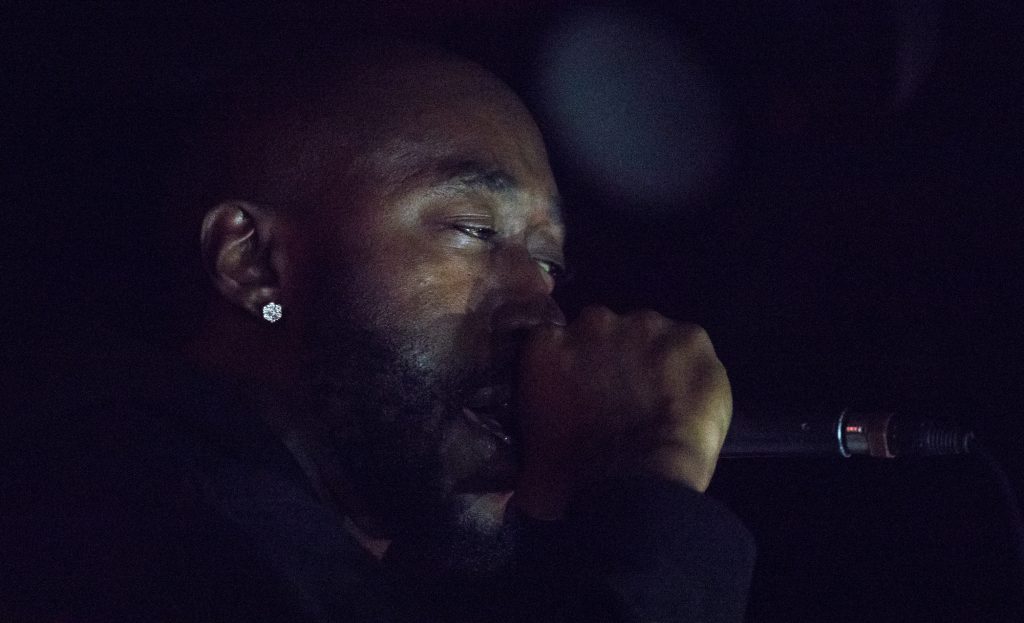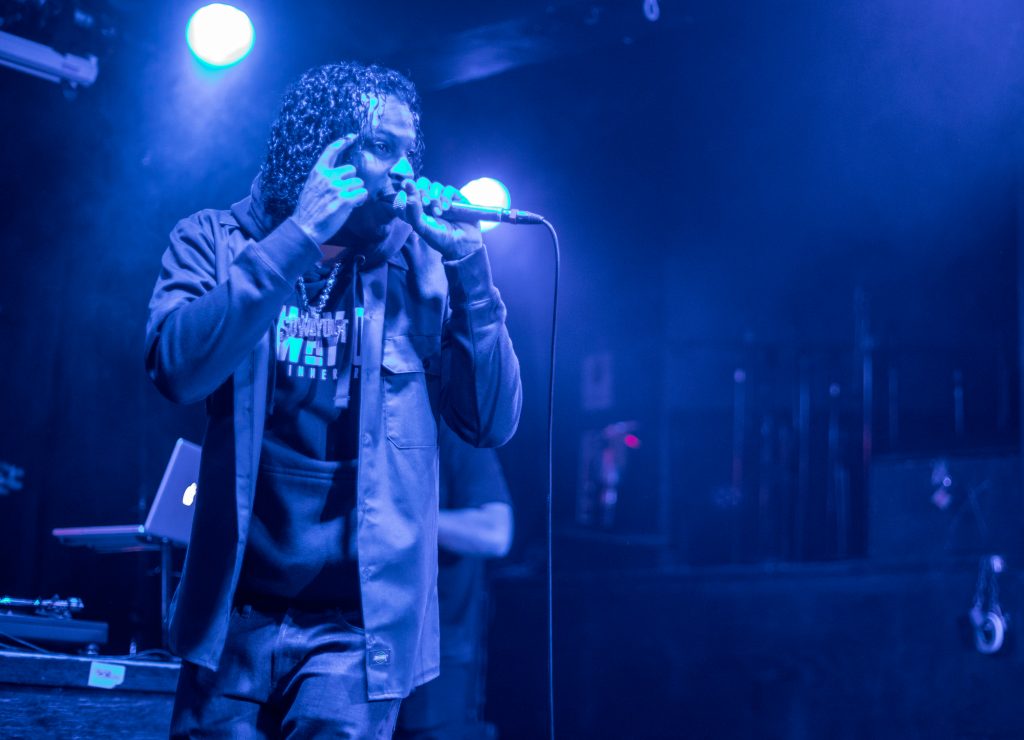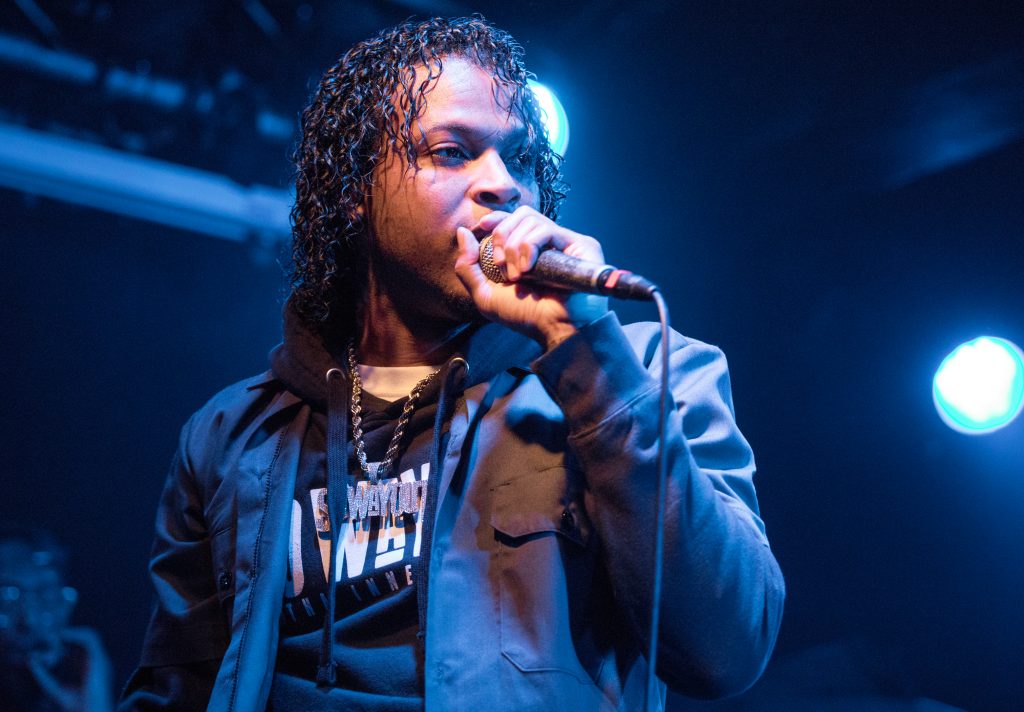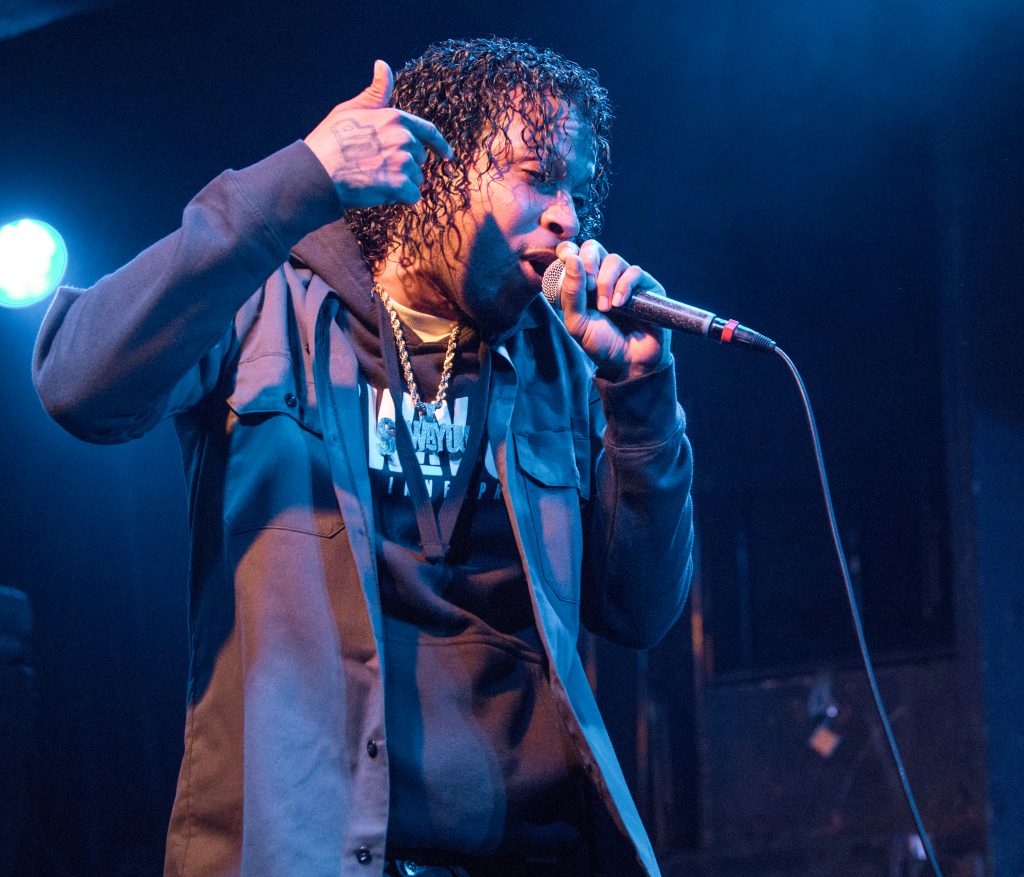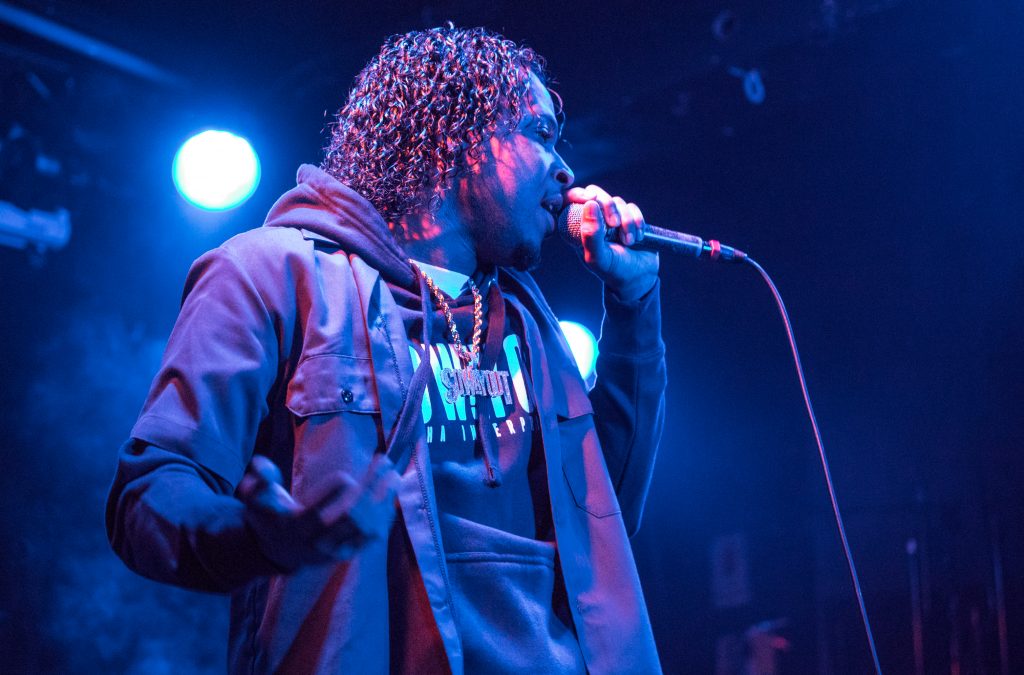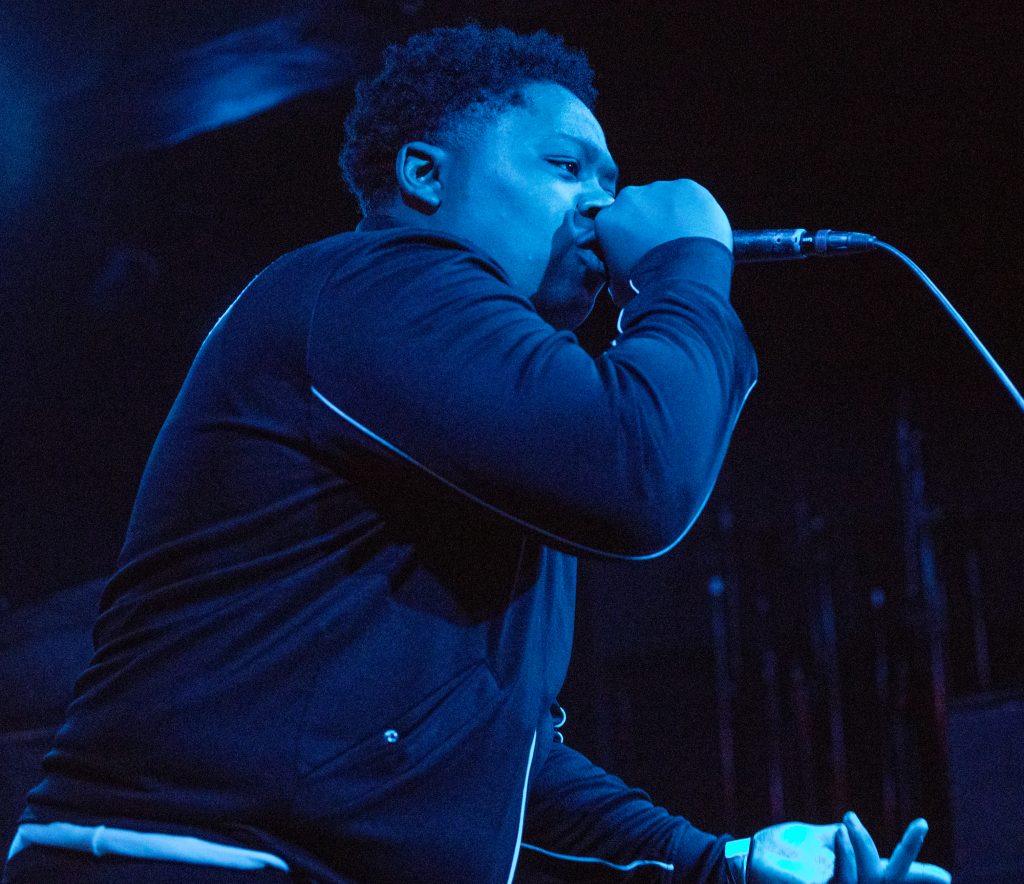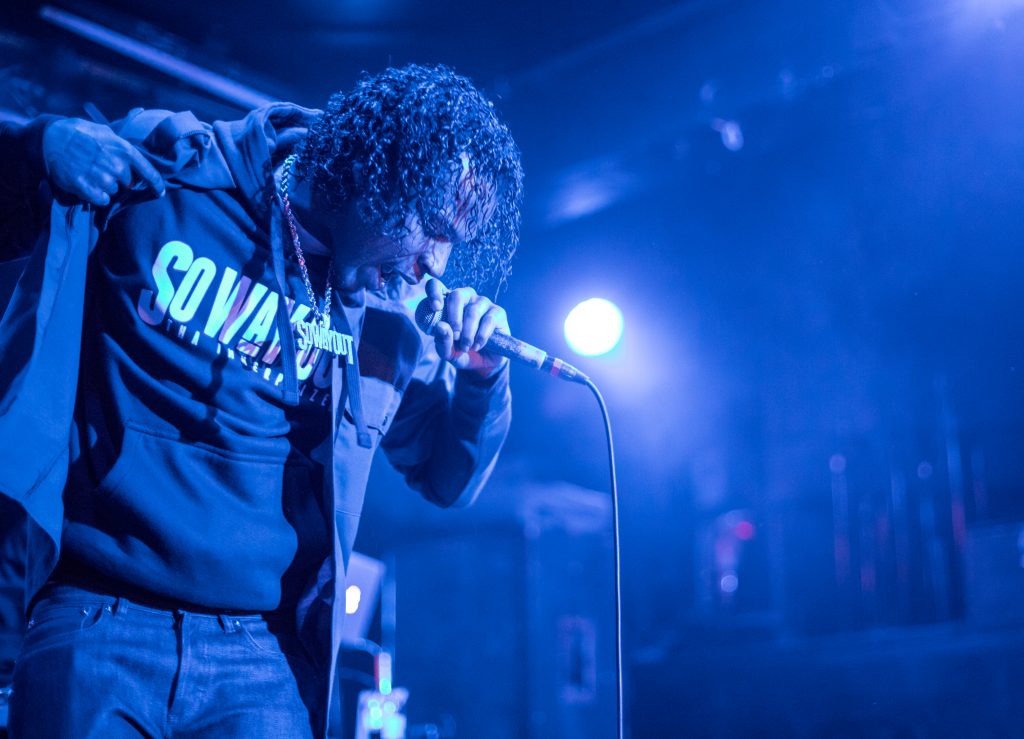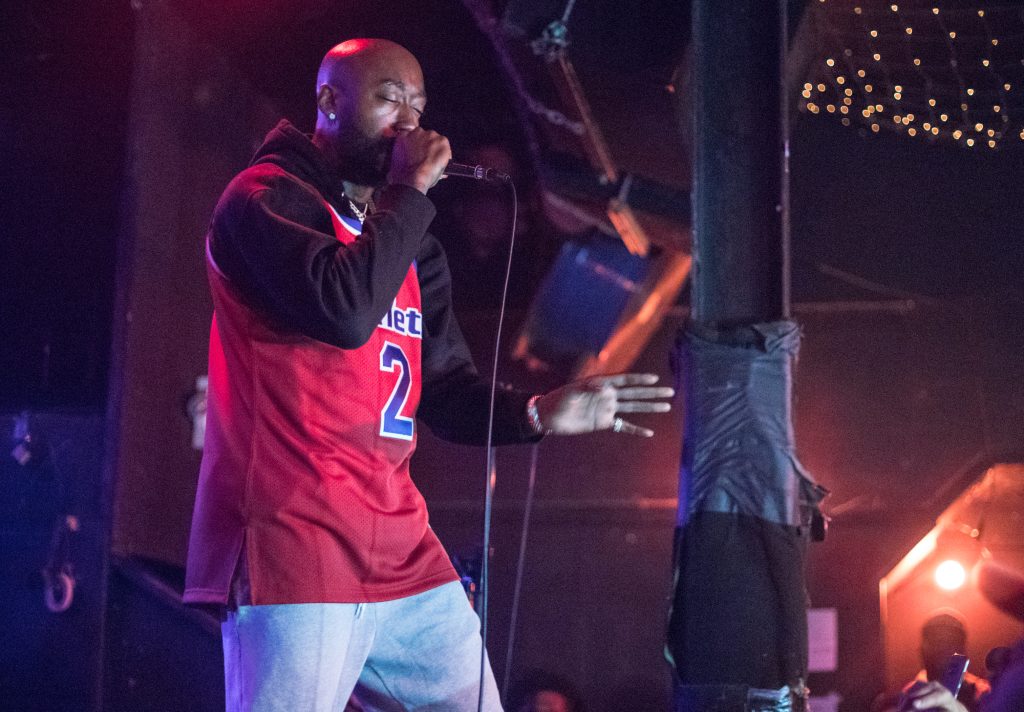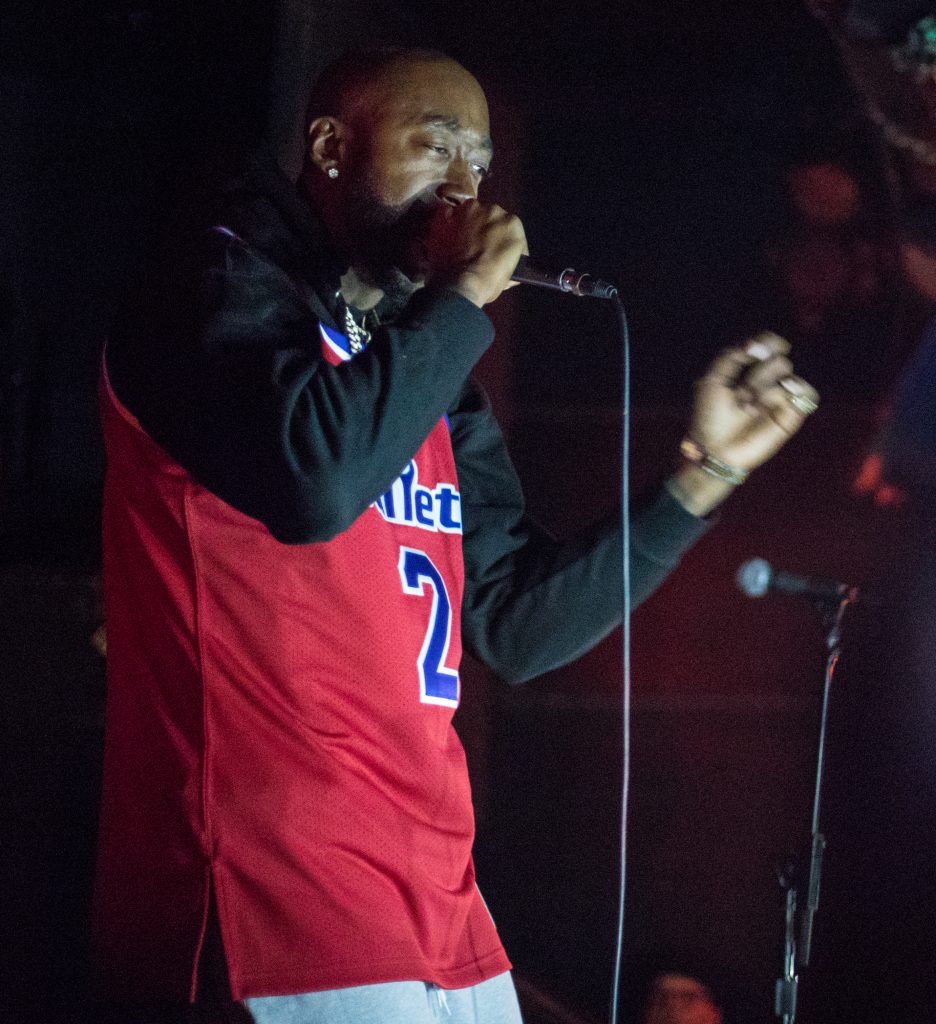By Jack M. Angelo, senior content producer
Hip-hop inarguably began on the streets of the east coast, in New York City. However, it did not take long for the other side of the country to develop their own version of the emerging culture. Artists like Too Short and Ice-T took their California way of life and put it on wax for the rest of the country. A city like Los Angeles in the 1980s presented a way of life foreign to most of the rest of the world, its gang culture not yet known in the mainstream. Dr. Dre and Snoop Dogg later helped bring G-Funk and West Coast culture to the rest of the country.
The most famous west coast hip-hop export was arguably Tupac Shakur, a California representative through and through, despite his East Coast origins. 2Pac’s influence could be seen everywhere in the mainstream in the late 90s and early 2000s, just after his untimely death. Pac clones were everywhere, but eventually petered out, with his influence being seen in much subtler ways as time went on.
In 2004, as the Tupac clones were beginning to die down, a rapper from Gary, IN, appeared to stake his claim. Fredrick Tipton, better known as Freddie Gibbs, put out Full Metal Jackit Mixtapes Volume 1 and 2. These tapes garnered Gibbs enough attention that Interscope records signed the heavily-Pac influenced raw talent to one of the giant’s former labels in 2006. Unfortunately for the Indiana rapper, Interscope’s management changed shortly thereafter, and Gibbs was dropped.
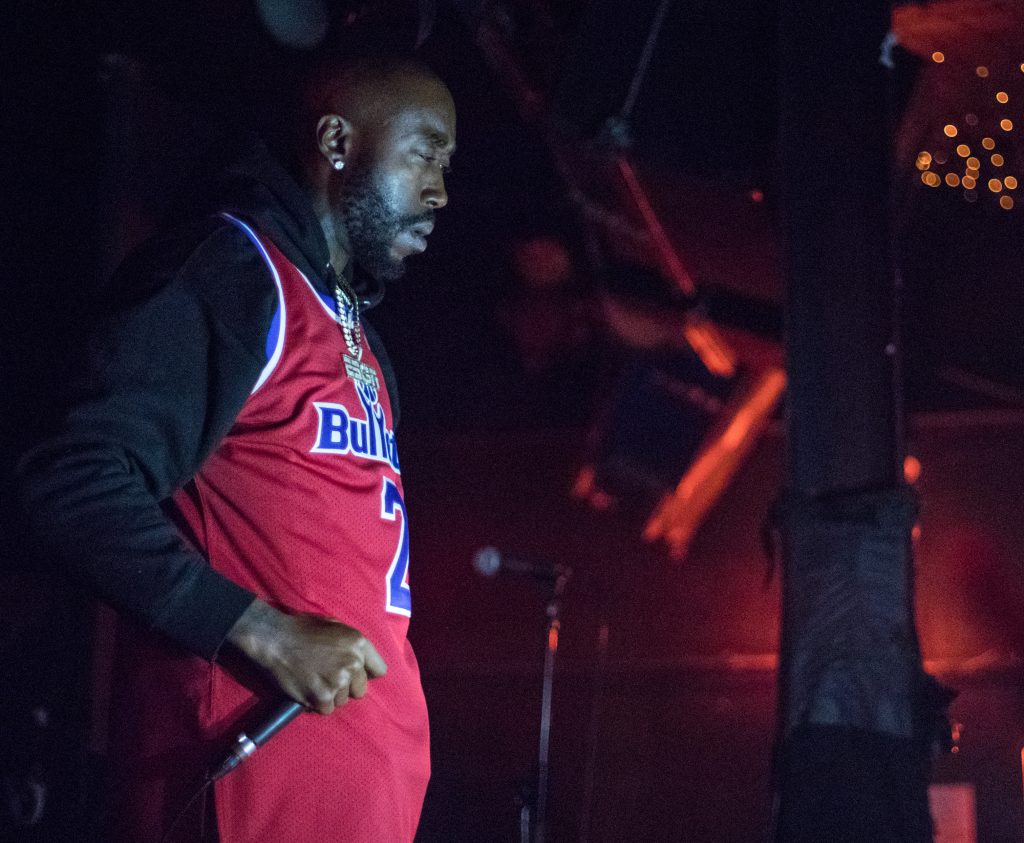
Burned once, Freddie Gibbs has remained independent ever since. In 2009, Freddie Gibbs reentered the music business, compiling the bet of his older work into an internet-released mixtape titled The Miseducation of Freddie Gibbs, and a collection of new material midwestgangstaboxframecadillacmuzik, playing off of the classic Lauryn Hill and Outkast 90s albums respectively. Gibbs continued to release mixtape after mixtape, showing off his deep raspy voice and cold-hearted lyrics. Eventually, he began working with larger artists and producers, exposing his music to a larger audience for the first time.
In this decade, Freddie has released four albums, and multiple side projects. In 2013, he released ESGN his first official album and release on his own label of the same name. In 2014, Freddie Gibbs teamed up with famed producer Madlib and released Piñata, the artist’s most critically acclaimed work to date. In 2018, the rapper has released two short projects, one titled Freddie, featuring 70s inspired production with a hard rap edge; and a collaborative effort with New Orleans rapper Curren$y. Freddie is currently on tour with South Central LA native G Perico, supporting those projects, and came to the Ottobar in Baltimore on November 20.
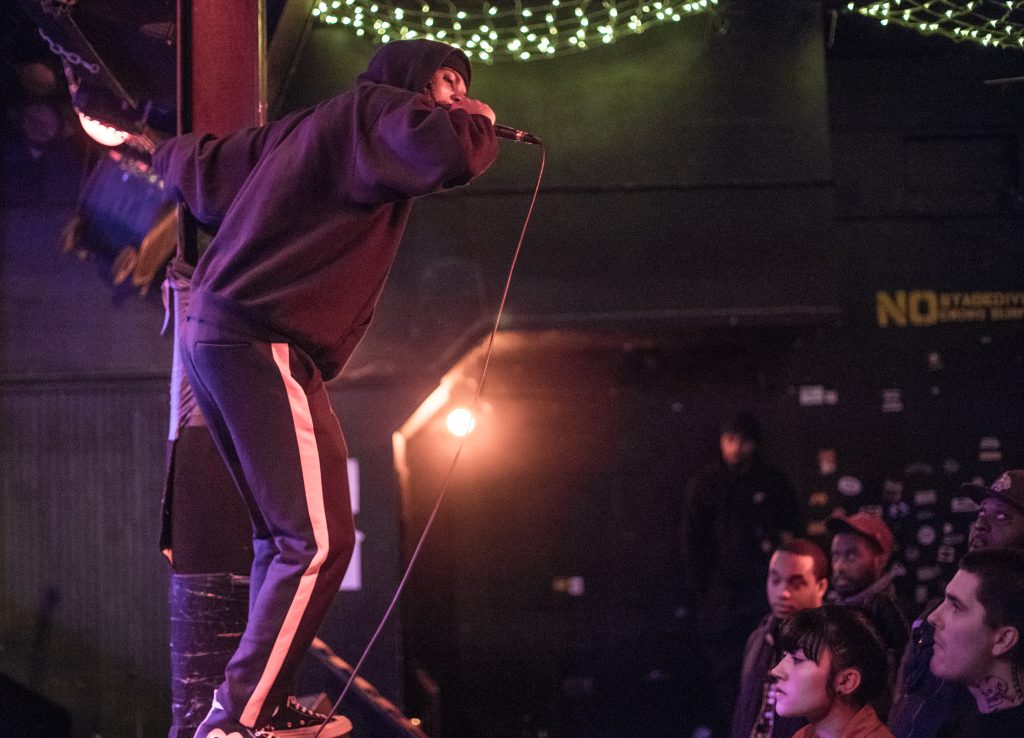
Opening the show was New Orleans native Caleb Brown. Brown performed for a short amount of time to a couple dozen people, but had enough energy to entertain those present. Unfortunately, Brown’s DJ halted much of the rapper’s momentum, playing songs late, causing awkward silences, and even appearing to play the incorrect song at several points during the set. While Brown was performing, the DJ could be spotted on his phone. Every bit of good will and energy the rapper conjured was inevitably lost in the 6 seconds of silence following each, “drop that shit.”
After Caleb’s brief set, a new DJ introduced two young rappers, each likely somewhere in their teens, and local to Baltimore. “We support local talent out here, right?” the DJ implored, the crowd enthusiastically agreeing, cheering on the young performers during their handful of songs. The youngest seemed to take a lot of cues from the music of NBA Youngboy, and had a lot of confidence for such a young performer. The older artist seemed less confident, and was often difficult to hear, but both youngsters received praise from the audience for their performances.
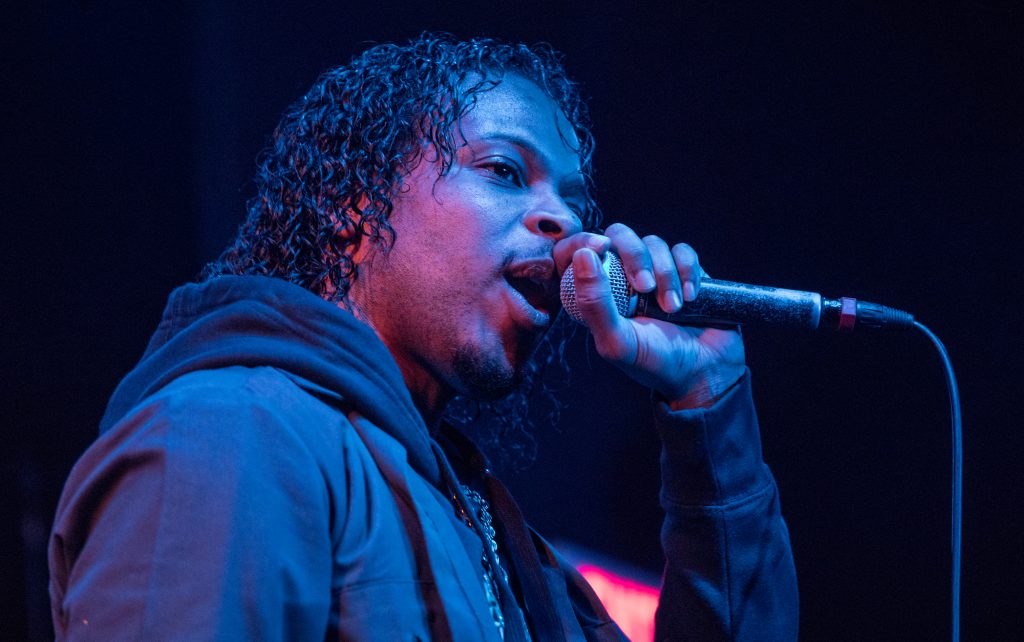
After a short break, the listed opener G Perico took the stage a little earlier than scheduled. The stage turned a deep shade of blue for the entirety of G Perico’s set, reflecting his Crip affiliation. Both Perico and an overly enthusiastic fan in the crowd pulled out blue bandannas at points during the set. The California native’s set was full of bouncy, almost-Dre style beats, betraying his west coast origins. The crowd grew in size and enthusiasm throughout the set, waving along with the rapper’s high-pitched, nasal flows. “I didn’t know y’all fucked with me like this, Baltimore.”
After G Perico finished his set, the local acts came out for another couple songs before a near-hour-long gap featuring generic tunes quietly playing over the PA system, followed by a DJ playing a few more tracks. The audience’s interest began to wane toward the end of the wait, with the DJ having little success in revitalizing them. The crowd was starting to fill out at this point, spread across the bar and stage area, but once the instrumental for “Now and Later Gators” began, and Freddie Gibbs’ usually gruff, bassy voice gave way to his somewhat humorous singing, they all moved toward the performance area to glimpse their main act.
After Freddie performed a couple songs in a row, there was a break, and the audience took the opportunity to cheer for Freddie for what seemed like a few minutes straight while he stood there and absorbed the praise. After this, Freddie asked if the crowd wanted to hear some new shit or some old shit. The audience’s response was fairly mixed, so Freddie said he would do a blend of both. Gibbs spent the next 40 minutes or so performing a myriad of songs from different points in his discography, with a focus on some of the newer material he’s been releasing. The audience was fully on board with whatever he decided to perform.
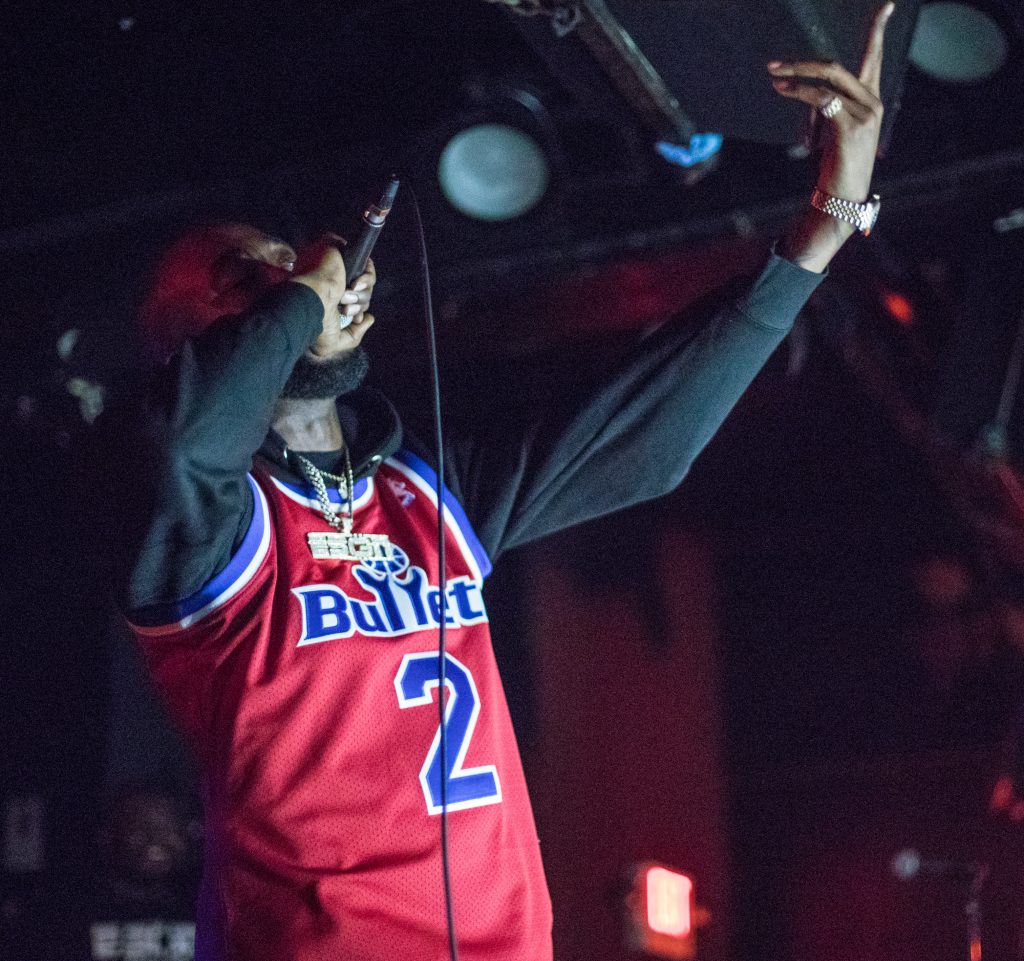
Drinking Hennessey and smoking blunts on stage, Freddie Gibbs was clearly in his element after years of honing his craft. Freddie’s fan base recognizes him as one of the most technically skilled and hardest lyricists in the game, but those people are surprisingly few in number. Even after the crowd filled out, fewer than 250 people attended the show at maximum, and the venue booked for the tour’s DC stop is just as small. Perhaps it is Freddie’s decision to stay independent that keeps him under the radar of mainstream hip-hop fans, but anyone with any credibility will acknowledge his contribution to hip-hop.
These incredible photos from Freddie Gibbs’s performance at Ottober, in Baltimore, MD, on November 20, 2018, were taken by StayUp.News senior content producer and photographer Jack M. Angelo:


